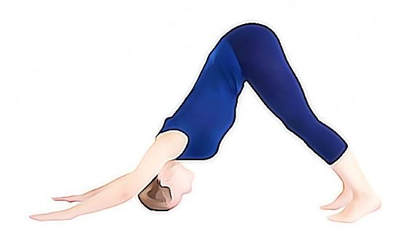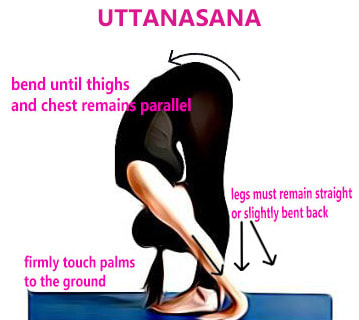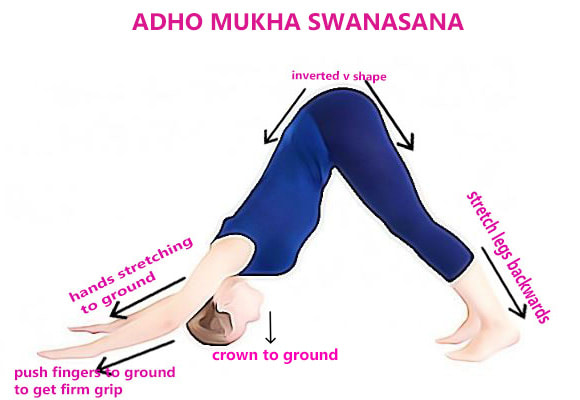|
Uttanasana is Sanskrit word where uttana stands for intense stretching and asana means posture. It has been formerly called as standing forward bent pose in English. In this asana the spine must be bent to give it an intense stretch. This asana owns amazing miracles like rejuvenating your body and increases the speed of blood circulation in your head, this gives a refreshing energy to your brain. Let’s get into deep to know about uttanasana
HOW TO DO UTTANASANA
BENEFITS AND EFFECTS OF UTTANASANA
0 Comments

The name Adho mukha swanasana is derived from Sanskrit word, where adho means “down”, mukha means “face”, swana means dog, and asana means posture. Collectively it means downward facing dog pose. This asana requires flexibility and strength in both upper and lower body. In this asana our body appears in inverted “V” shape, with the hands legs facing towards one side, and hip facing towards sky. According to the yoga masters, it is believed that it would greatly help dealing in calming mind, energize and rejuvenate the body.
Adho mukha swanasana is an integral part of surya namaskara or sun salutation. It is believed that this asana activates muladhara chakra, this chakra is solely responsible for several benefits in human body. This chakra regulates the digestive system in human body. As the seat of digestive fire, this Chakra regulates the function of the Pancreas and digestive organs. Defect in this Centre can cause many health problems such as digestive disorders, circulatory disease, diabetes and fluctuations in blood pressure. However, a strong and active Manipura Chakra greatly supports good digestive system. One can attain great flow of this manipura chakra on regular practice, then the energy of this Chakra flows freely, the effect is like that of a power station, constantly supplying vitality. HOW TO DO ADHO MUKHA SWANASANA | BENEFITS AND EFFECTS
EFFECTS
|
kumarI'm desperately interested in sharing my knowledge, probably blogs will the best way to share it. ArchivesCategories |



 RSS Feed
RSS Feed